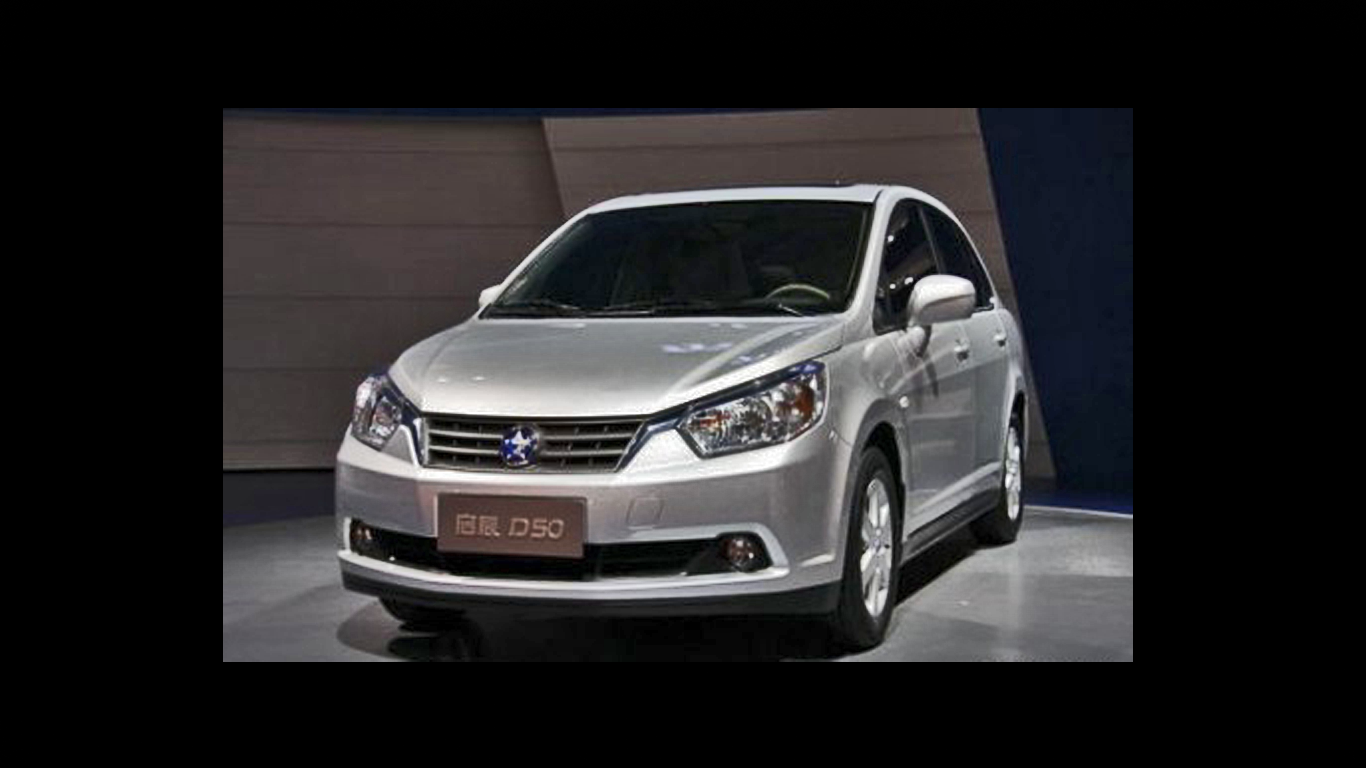But bring up Brazil and you get a smile. No, they�re not looking forward to a Rio vacation or a cheap retirement. What carmakers see when they look at Brazil is South America�s largest consumer market, a still-bustling economy�and a lot of potential customers. Forget that in the world�s fifth-largest country only 14% of the roads are paved. Incomes are rising, lifting almost 40 million more Brazilians into the middle class since 2003�and putting a vehicle purchase within their reach for the first time. �Brazil is at a critical point right now,� said Guido Vildozo, a Latin America specialist at market research firm IHS Automotive, noting that the country�s GDP has topped $10,000 per capita. �That�s a milestone. If you look back at the U.S., Europe, even Korea, you�ll see that this is when markets move to a growth stage. This is why we�re suddenly seeing all the carmakers focusing on Brazil. They want to try to capture a slice of that pie.�
Anfavea, Brazil�s auto industry trade group, forecasts sales will increase 68% from 3.4 million units in 2011 to 5.7 million by 2016, despite a massive tax burden and high borrowing costs that drive up car prices. (In the U.S. sales are forecast to rise 30%.) As early as 2015 Brazil could overtake Japan to become the world�s third-largest car market after China and the U.S., according to Roland Berger Strategy Consultants.
Volkswagen, Fiat, GM and Ford have dominated Brazil for years, with 84% of the market in 2007. But that number is dropping as new players rush in. By 2015 it�s expected to fall to 70%, according to market researcher J.D. Power and Associates. Pressure is coming from global rivals like Kia, Hyundai, Honda, Nissan and BMW, as well as new players like China�s Chery, Geely, JAC and Hafei, and India�s Tata and Mahindra.
Because Mexico was exempt under a regional trade agreement, carmakers figured they could just ship more vehicles from their Mexican factories. That didn�t set right with Rousseff, who slapped a quota on Mexican imports. Carmakers can pay less tax on imports if they do more engineering work in Brazil and use mostly Brazil-made auto parts in their local factories. �Brazilian consumption has been appropriated by imports,� Finance Minister Guido Mantega said in announcing the tax. �We are the fifth-largest automobile market in the world and the seventh-largest producer, but we risk losing our position if we don�t take measures.�
Luckily, all the policy wrangling to bolster Brazil�s industry was trumped by headwinds from the worldwide economic crisis. In May Rousseff�s government enacted tax cuts and lower interest rates to spur consumer spending. The economy bounced back, as did car sales. The stimulus measures have been extended through October, prompting predictions of a second-half boom.
Manufacturers have learned their lesson, though. GM, Ford, VW, Fiat, Toyota, Hyundai, Nissan, Honda, Renault, Peugeot and Chery are among the companies adding or expanding factories at breakneck speed, with plans to invest some $25 billion in Brazil by 2016, adding 1.5 million units a year of production capacity. That doesn�t include investments by auto parts suppliers.
For GM and Ford the ramp-up is especially tough. They tolerated high labor costs and low manufacturing productivity for years in South America, while they focused on growth markets like Asia, which had more immediate potential. While auto industry wages in Brazil have risen 125% in ten years, productivity has increased only 22% due to a lack of automation, poor training and high energy and steel costs.
Both GM and Ford reported lower operating results in the region thus far in 2012. While currency and global economic issues are partly to blame, they�ve also been hurt by outdated product lineups. Both companies are revamping their cars to keep consumers interested�and margins profitable.
GM, for example, is launching seven new products this year in Brazil, including the Chevrolet Spin sport-utility and Colorado pickup. Ford, meanwhile, is rolling out a new small SUV, the EcoSport, along with a redesigned Ranger pickup and the next-generation Ford Fusion. �By 2015 we will have all global platforms in Brazil,� said Rogelio Golfarb, a vice president at Ford South America. �We are caught right in the middle of the transition.� With so much competition, mostly in smaller vehicles, he said, �it forces you to be real efficient. That�s the challenge of Brazil.�
But not the only one. The government�s shifting policies have also made it hard for automakers to make long-term decisions.
�The government has thrown a few curveballs over the last six months or so,� says Robert Shanks, Ford�s chief financial officer, who says the company set up its manufacturing footprint in Mexico and Argentina to take advantage of free trade agreements between Brazil and those countries. Now it has to start over. �That�s not something we can respond to overnight.� Given the global auto market these days, they�ll have no choice but to try.
ref: www.forbes.com























